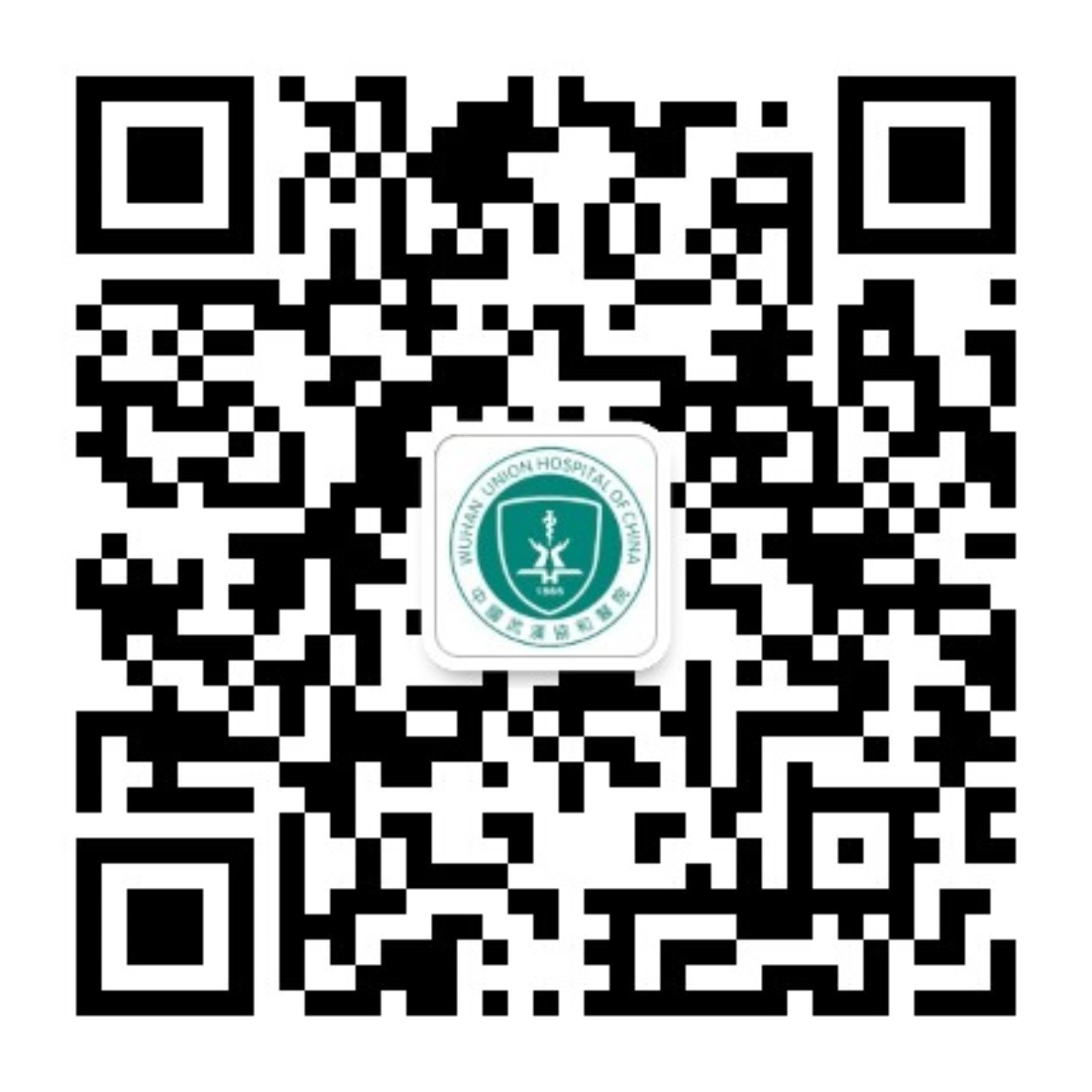-
摘要: 目的:了解0~9月龄弱听婴儿早期诊断及干预的情况,分析影响诊断及干预的因素。方法:对2014年2-9月间因单(双)耳听力筛查未通过或外耳畸形转诊至四川大学华西医院进行确诊的186例婴儿进行早期诊断和干预,并对其诊断及干预情况进行统计分析。结果:186例外院转诊婴儿中,167例(89.8%)确诊,平均确诊年龄为(4.0±1.4)个月。167例中,传导性听力损失31例(18.6%),其中一侧外耳道闭锁伴传导性听力损失5例(2.99%);感音神经性听力损失99例(59.3%),其中双耳75例(44.9%),单耳24例(14.4%);一侧感音性听力损失一侧外耳道闭锁2例(1.20%);听神经病2例(1.20%);听力正常33例(19.8%)。双耳感音神经性听力损失患儿助听器验配率为30.7%(23/75), 轻度、中度、重度、极重度听力损失验配率分别为:0(0/23)、24.0%(6/25)、66.7%(6/9)、61.1%(11/18)。单耳感音神经性听力损失验配率为8.3%(2/24)。平均干预年龄为(5.0±2.1)个月。结论:本研究中转诊婴儿的诊断及干预年龄接近国际要求,但仍有筛查未通过而没有确诊的婴儿,且干预率低。因此,需进一步研究探讨提高诊断及干预率的方法。Abstract: Objective:To investigate the current situation of early diagnosis and intervention in 0-9 months old infants with hearing loss and analysis factors that will affect early diagnosis and intervention.Method:One hundred and eighty-six infants referred to the West China hospital from February 2014 to September 2014 were included.All 186 children were referred due to the fact that either they failed infant hearing screening or outer ear malformation.Early diagnosis and/or intervention were performed on those 186 children and their records of early diagnosis and intervention were analyzed.Result:Among the 186 infants, 167 (89.8%) were diagnosed with an average age at (4.0±1.4) months. Among the 167 infants with final diagnosis, there were 31(18.6%)infants diagnosed as conductive hearing loss (CHL), and 99 cases (59.3%) diagnosed as sensorineural hearing loss (SNHL), among whom, there were 75 (44.9%) bilateral SNHL and 24 (14.4%) unilateral SNHL.There were 2 cases (1.20%) with SNHL on one side and atresia on the other side.5(2.99%) of all conductive hearing loss cases with unilateral atresia and 2 cases with auditory neuropathy (AN) were found.33 infants (19.8%) were found to have normal hearing.30.7% (23/75) infants diagnosed as bilateral SNHL and 8.3% (2/24) infants diagnosed as unilateral SNHL were fitted with hearing aids.The fitting rate in infants with bilateral SNHL with mild, moderate, severe to profound degrees were 0(0/23)、 24.0%(6/25)、66.7%(6/9),61.1%(11/18)respectively.The average intervention age was (5.0±2.1) months.Conclusion:Although the early diagnosis and intervention situation in this study are very close to international standard, there are still infants without final diagnosis and infants with hearing loss without hearing aid fitting. Further studies and efforts to promote early diagnosis and intervention in infants with hearing loss are needed.
-

-
[1] COLELLA-SANTOS M F, HEIN T A, DE SOUZA G L, et al.Newborn hearing screening and early diagnostic in the NICU[J].Biomed Res Int, 2014, 9:1-11.
[2] FULCHER A, PURCELL A A, BAKER E, et al.Listen up:children with early identified hearing loss achieve age-appropriate speech/language outcomes by3years-of-age[J].InT J Pediatr Otorhi, 2012, 76:1785-1794.
[3] JOINT COMMITTEE ON INFANT HEARING.Year 2000position statement:principles and guidelines for early hearing detection and intervention programs[J].Pediatrics, 2000, 106:798-817.
[4] JOINT COMMITTEE ON INFANT HEARING.Year 2007position statement:principles and guidelines for early hearing detection and intervention programs[J].Pediatrics, 2007, 120:898-921.
[5] JOINT COMMITTEE ON INFANT HEARING.Supplement to the JCIH 2007 position statement:principles and guidelines for early intervention after confirmation that a child Is deaf or hard of hearing[J].Pediatrics, 2013, 131:e1324-e1349.
[6] CHING T Y, LEIGH G, DILLON H.Introduction to the longitudinal outcomes of children with hearing impairment (LOCHI) study:background, design, sample characteristics[J].Int J Audiol, 2013, 52:S4-S9.
[7] DESLOOVERE C, VERHAERT N, VAN KERSCHAVER E, et al.Fifteen years of early hearing screening in Flanders:impact on language and education[J].B-ENT, 2013, 21:81-90.
[8] UUS K, BAMFORD J.Effectiveness of populationbased newborn hearing screening in England:ages of interventions and profile of cases[J].Pediatrics, 2006, 117:887-893.
[9] LANGAGNE T, LÉVQUE M, SCHMIDT P, ET AL.Universal newborn hearing screening in the Champagne-Ardenne region:a 4-year follow-up after early diagnosis of hearing impairment[J].Int J Pediatr Otorhinolaryngol, 2010, 74:1164-1170.
[10] KERKHOFS K, DE SMIT M.Early hearing aid fitting in children:challenges and results[J].B-ENT, 2013, 21:17-25.
[11] STAPELLS D R.Threshold estimation by the tone-evoked abr:a literature meta-analysis[J].J Speech Language Pathol Audiol, 2000, 24:74-83.
[12] AITHAL S, AITHAL V, KEI J, et al.Conductive hearing loss and middle ear pathology in young infants referred through a newborn universal hearing screening program in Australia[J].J Am Acad Audiol, 2012, 23:673-685.
[13] MADDEN C, RUTTER M, HILBERT L, et al.Clinical and audiological features in auditory neuropathy[J].Arch Otolaryngol Head Neck Surg, 2002, 128:1026-1030.
[14] TOMBLIN J B, OLESON J J, AMBROSE S E, et al.The influence of hearing aids on the speech and language development of children with hearing loss[J].JAMA Otolaryngol Head Neck Surg, 2014, 140:403-409.
[15] CHING T Y, DILLON H, MARNANE V, et al.Outcomes of early-and late-identified children at 3years of age:findings from a prospective populationbased study[J].Ear Hear, 2013, 34:535-552.
[16] 朱珍珍, 郑芸, 李刚.2635例助听器验配情况分析[J].临床耳鼻咽喉头颈外科杂志, 2013, 27 (1) :13-15.
[17] FITZPATRICK E M, WHITTINGHAM J, DURIEUX-SMITH A.Mild bilateral and unilateral hearing loss in childhood:a 20-year view of hearing characteristics, and audiologic practices before and after newborn hearing screening[J].Ear Hear, 2014, 35:10-18.
-

计量
- 文章访问数: 190
- PDF下载数: 165



 下载:
下载:
